The Fugitive (1947 film)
7.6 /10 1 Votes7.6
86% Rotten Tomatoes Genre Drama, History Country United StatesMexico | 6.6/10 IMDb Duration Language English | |||||||||||||||||||||||||||||||||
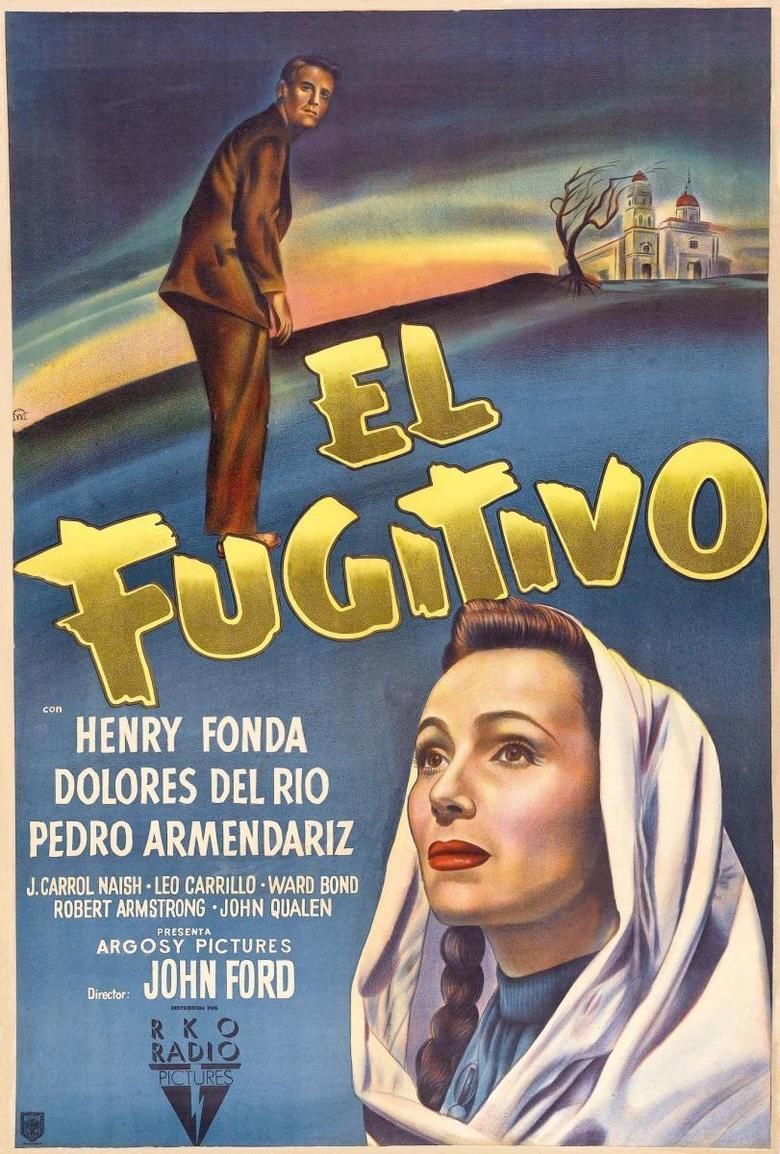 | ||||||||||||||||||||||||||||||||||
Release date November 3, 1947 (1947-11-03) Cast (A Fugitive), (An Indian Woman), (A Lieutenant of Police), J. Carrol Naish (A Police Informer), (Chief of Police), (James Calvert, aka 'El Gringo')Similar movies The Wrath of God , Apocalypto , Romancing the Stone , Monsters , Walker , Caribe | ||||||||||||||||||||||||||||||||||
the fugitive 1993 theatrical trailer
The Fugitive is a 1947 drama film starring Henry Fonda and directed by John Ford, based on the novel The Power and the Glory by Graham Greene. The film was shot on location in Mexico, and utilised the skills of Mexican cinematographer Gabriel Figueroa.
Contents
- the fugitive 1993 theatrical trailer
- The fugitive preview clip
- Plot
- Cast
- Production
- Reception
- Accolades
- References
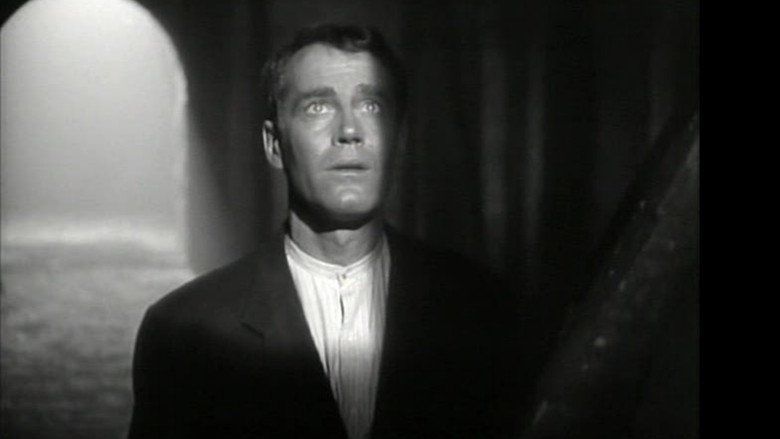
The fugitive preview clip
Plot
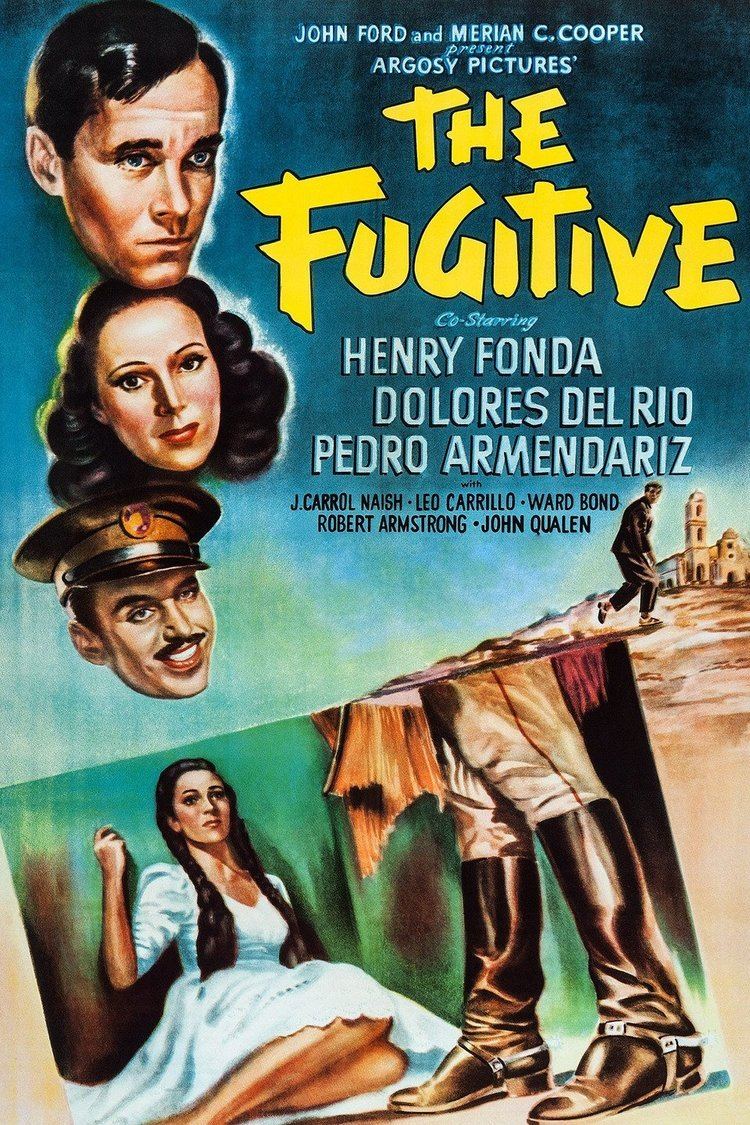
A nameless and conflicted Catholic priest is a fugitive in an unnamed Latin American country where religion is outlawed. Another fugitive, a murderous bandit dubbed "El Gringo", comes to town. He and a beautiful Indian woman conspire to help the priest escape. Taken to safety, the priest is then convinced by a police informant to return to the town on the pretense that "El Gringo" is dying and wishes to receive the last rites. The priest is captured and sentenced to death, but forgives the informant for betraying him. The priest's execution by firing squad brings an outpouring of public grief and shows the authorities that it is impossible to stamp out religion as long as it exists in people's hearts and minds.
Cast

Production

Filmed on location in Taxco de Alarcón, Cholula, Cuernavaca, and the Churubusco Studios in Mexico City. It was the first collaboration between RKO and Ford-Cooper's company Argosy Pictures, the deal was for Argosy to produce three pictures that RKO should distribute and they would share the costs, and benefits fifty-fifty, but retaining creative control.
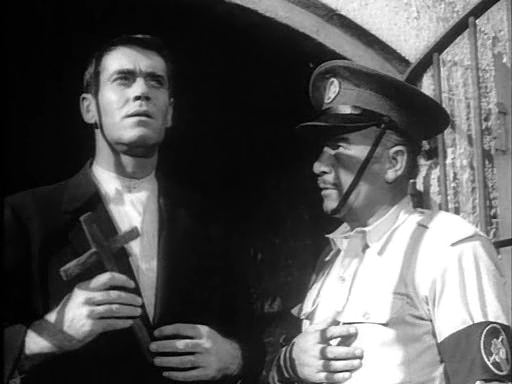
With the exception of two assistant directors, and an editor, the entire crew was Mexican, about it Ford said it ran ""neck and neck with the best...in Hollywood."
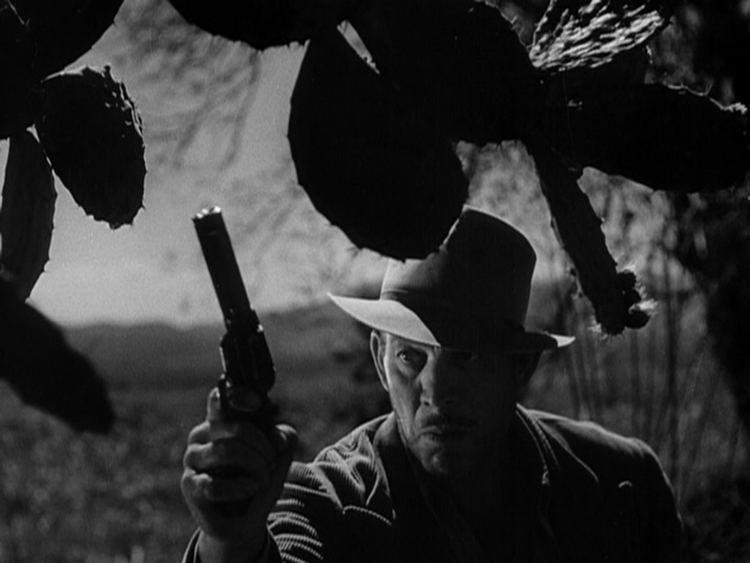
John Ford was helped by Mexican director Emilio Fernández who served as an associate producer of the film. He introduced Ford to Dolores del Río, Pedro Armendáriz and cinematographer Gabriel Figueroa (all people Fernández previously worked with). About Figueroa's work Ford said: "It had a lot of damn good photography - with those black and white shadows, [...] We had a good cameraman, Gabriel Figueroa, and we'd wait for the light - instead of the way it is nowadays, where regardless of the light, you shoot."
Reception
Tag Gallagher has written an extended discussion of the film in his book, John Ford: The Man and His Films (1986). He summarizes The Fugitive and its place in Ford's career as follows: "... once in Mexico, Ford jettisoned most of the script and, giving leave to his fancy, made a highly abstract art film. The Fugitive lost considerable money, caused a rift between [writer Dudley] Nichols and Ford, and has posed problems even for Ford’s most devoted followers. Only the director himself consistently defended it. 'I just enjoy looking at it.' 'To me, it was perfect.' And in terms of composition, lighting and editing, The Fugitive may be among the most enjoyable pictures."
Bret Wood has written, "Ford is best remembered today for his boisterous adventure films, such as The Quiet Man (1952), The Searchers (1956) or She Wore a Yellow Ribbon (1949); and for his crusty, unpretentious demeanor, often denying the existence of thematic subtext in his work and refusing to discuss his artistic intentions as a director. But The Fugitive belongs to an earlier, lesser known faction of his work, self-consciously 'arty' films that demonstrated his interests in German expressionism, English literature and religious ideology. Films such as The Informer (1935), The Prisoner of Shark Island (1936) or The Long Voyage Home (1940), remind us that beneath Ford's growling machismo were a sophisticated mind and a brilliant visual sense, even though Ford was later to deny both gifts ('I make Westerns' is how he typically summarized his career). The Fugitive is perhaps Ford's last great 'art film', a high-minded show of faith, a lovingly crafted paean to his own Catholicism."
Accolades
The film gained the prize of the International Catholic Organization for Cinema (OCIC) at the Venice Film Festival in 1948. According to this jury, this was a film "most capable of contributing to the revival of moral and spiritual values of humanity".
References
The Fugitive (1947 film) WikipediaThe Fugitive (1947 film) IMDbThe Fugitive (1947 film) Rotten TomatoesThe Fugitive (1947 film) themoviedb.org
